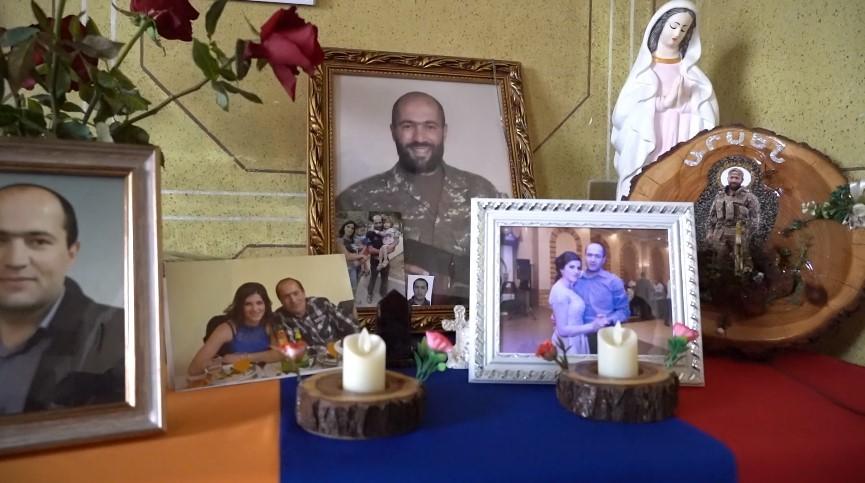
Arsen Petrosyan: The “Monte Melkonian” from Irind Village
By Astrig Agopian
His friends nicknamed him “Arsen Monte”, referring to the famous Armenian-American revolutionary figure Monte Melkonian, a national hero in Armenia.
Arsen not only looked like him physically but was also very patriotic and charismatic. Unfortunately, they also now share a tragic death. Monte died in 1993, killed by Azerbaijani soldiers. Arsen lost his life on November 9, 2021, killed by a Turkish Bayraktar TB2 drone fired by the Azerbaijani army.
“The last time we talked on the phone, his last words were ‘Arev would you please pray for me?’ I didn’t say anything. He knew that we prayed for him every single day,” says his wife Arevik Kirakosyan. “I thought my prayer would not be enough. I asked his friends that had come back to pray for him. They said we do it every day for all the soldiers still on the frontlines.”
Arsen had studied economics and worked in the construction industry. On September 28, he was called up by the army. He immediately left and fought in Mataghis, Jabrayil, Shushi and Martuni, where he lost his life.
“On November 9, as always, I was worried and could not sleep. I started scrolling through social media and I saw that a new round of chaos had broken out, that they gave the lands, that the war was over. I got even more worried and nervous,” recalls Arevik. She phoned her husband, but he did not pick up. She then called another number he had used a few days before.
“I called and this young soldier doing his military service picked up. He then hung up. I wrote him a text: ‘How are you? How is Arsen? Give me some news.’ He could not stand it. He called me back. I introduced myself, he said ‘I know who you are.’ I asked, ‘where is Arsen?’ He was silent. And then he said, ‘he’s very far away from me’ and he hung up,” explains Arevik. “My heart stopped. I knew something had happened.”
Arsen had fought for 43 days and died on the day of the ceasefire, killed by a drone while he was going to get some bread with a small group of soldiers. The others were really young soldiers who started their military service three months before.
“Arsen had the right to come back. They offered him the chance three times. Honestly, I wanted him to. But he stayed. He told me that he had to be there for the very young 18, 19-year-old soldiers. He said he just could not let them there alone, that it was not their fault if their military service started during a war,” says Arevik.
On the evening of November 10, the family received his body. He is buried in his native Irind village. Arevik lives with her mother-in-law Alvart, who is disabled, her eight-year-old daughter Alvart, and her five-year-old son Erik. The family has received financial help from the government.
The whole conflict and the death of their father had a strong impact on the children.
“During the war, everything related to the war. My daughter would feel terrible and cry all the time. I told her ‘Alvartik don’t cry, why are you crying’, and she said, ‘because my dad is also there, and he is going to die too.’ And I tried to tell her don’t say that, he calls, we talk on the phone, he might come back, some come back, wars can end,” says Arevik.
Erik was very agitated during Hetq’s interview with his mother and grandmother. “Why are you crying? Can you stop crying? We got it, dad is dead. Is your crying going to change anything?” the little boy kept repeating.
“We need those lands to be ours because we paid too high a price for them. We always paid too much. And it has always been like that. Throughout Armenian history, over the centuries, we have seen our people sacrifice for us to survive. All our frontiers have been drawn in blood,” says Arevik.
***
(Astrig Agopian is a French-Armenian journalist from Paris, currently based in Yerevan. She’s usually running around with a camera looking for the best light, but now she’s exchanged it for a pen and a microphone.)
 Videos
Videos Photos
Photos
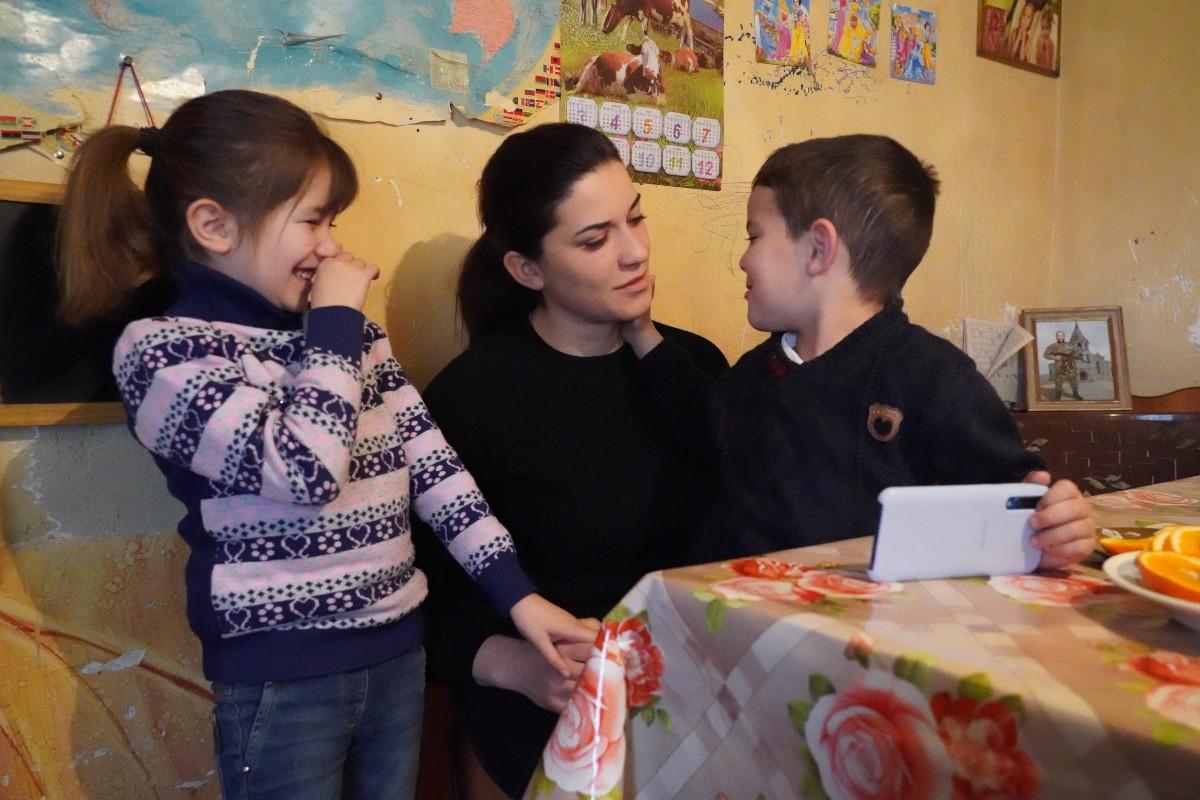

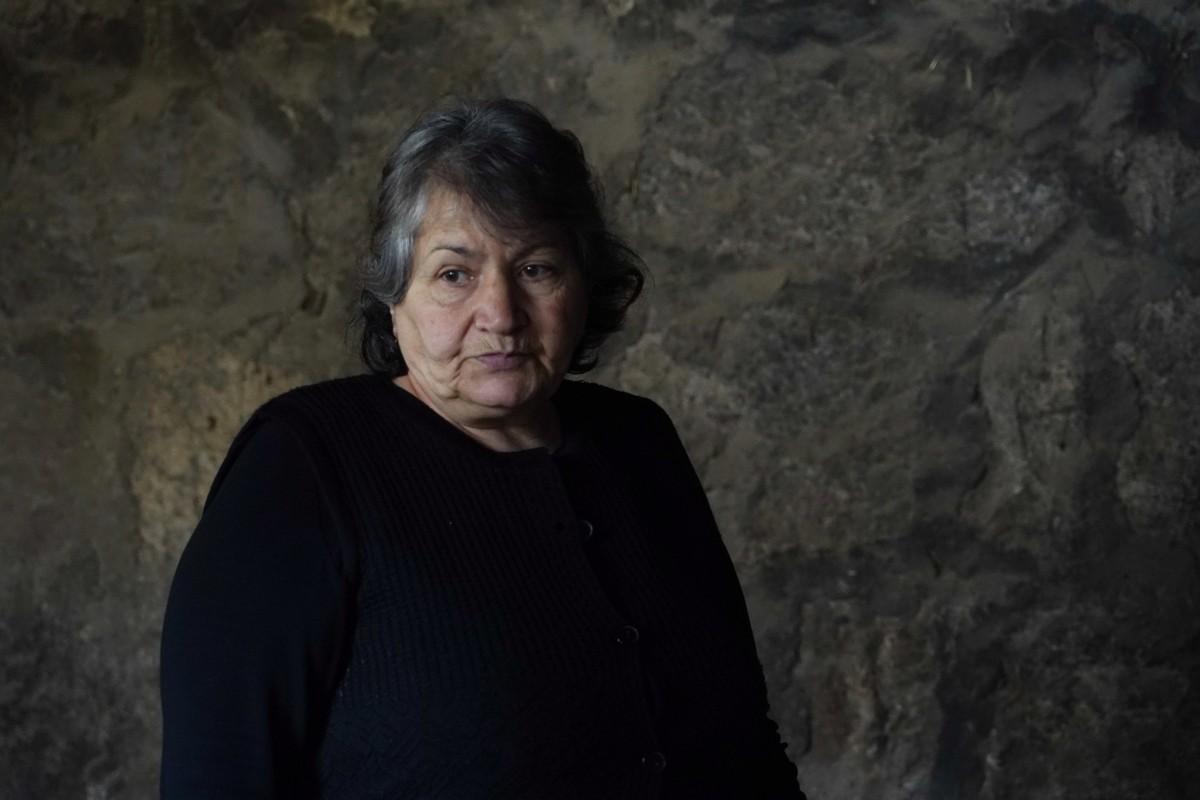
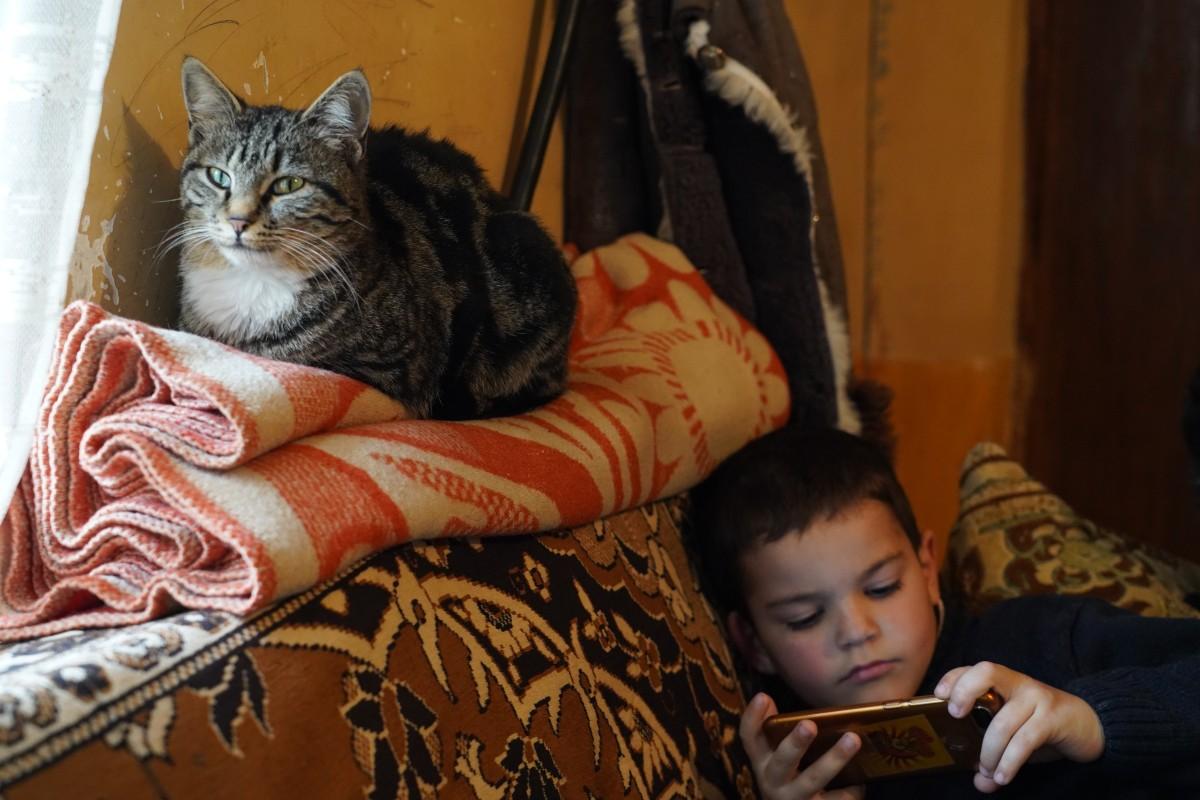
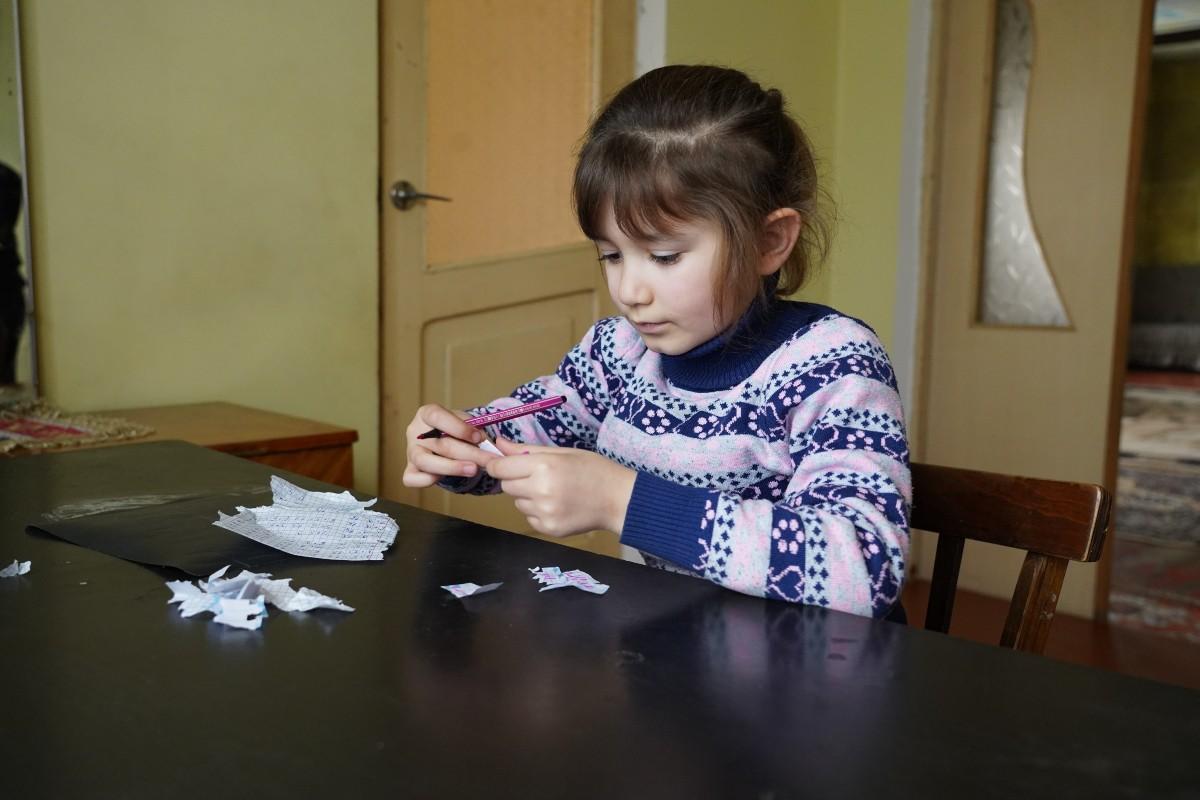
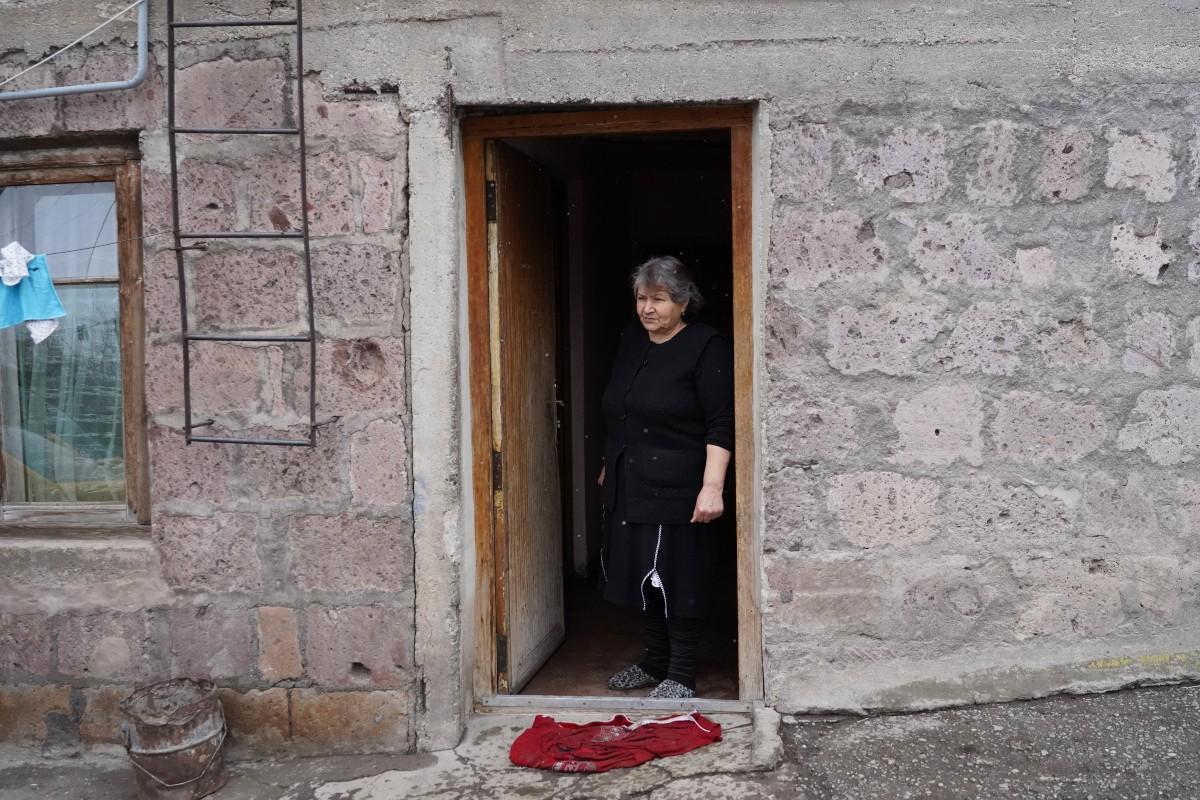
Comments (1)
Write a comment